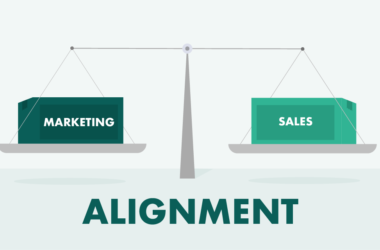They are websites for information, services, shopping, and more. However, not all websites have good intentions. Fraudsters often create fake websites masquerading as legitimate businesses or organizations to scam users. Website verification is a process if a website is genuine and trustworthy. The main aim is to a website or fake one to defraud users. Some key website elements checked during verification are:
- Domain Registration Details – Who registered the domain name and other historical records associated with the domain? It can reveal if the domain has changed hands suspiciously.
- Domain Age – How long the domain has been registered and active can indicate reputation. Newly registered domains are at higher risk.
- Location – The physical location of the business/website owner as claimed on the website.
- Business Registration – Records filed with state/federal agencies during incorporation of the business.
- Certificates & Accreditations – Valid certs like SSL, membership badges of associations, etc. help ascertain authenticity.
- Contact Information – Email addresses, phone numbers, and physical addresses given on the website.
Website verification protects you
- Checks for phishing sites
Phishing sites are fake websites to steal user data like passwords or credit card numbers. Website verification checks domain details, SSL certificates, and other signs to identify phishing sites. Knowing a site is verified phishing-free provides great security.
- Avoids scam sites
Scammers build elaborate 먹튀사이트 to offer deals too good to be true or products/services that don’t exist. Verification checks for telltale signs of scam sites so you don’t get duped by them. Things like stock photos, fake reviews, and missing contact details are dead giveaways.
- Assesses business legitimacy
By checking for valid business registrations, licenses, tax identification numbers, and other credentials, verification determines if a business website is legitimate or not. It prevents falling for shady websites that are fronts for scams or money laundering.
- Evaluates site safety & security
Verifying technical elements like the domain name server, SSL certificates, site encryption, and data protection policies for the safety of transactions and user data on the website.
- provides recourse in case of fraud
With all the background details collected during verification, fraudulent websites can be traced back to owners, and appropriate legal recourse is taken.
Different types of website verification
There are a few different types and levels of website verification available:
- Domain Verification – Checks WHOIS domain records for ownership info and registration status.
- Security Verification – Assesses SSL certificates, data encryption, and site security measures.
- Identity Verification – Validates government IDs, business permits, tax records, and other identity documents.
- Address Verification – Confirms the physical address of the business through postal checks, property records, etc.
- Phone Verification – Calls listed phone numbers to check if they are legit and connected.
- Manual Verification – In-depth human-led verification checking multiple website elements.
- Automated Verification – Software-based checks using algorithms and reputable databases. May miss some nuances.
- Self-Verification – Limited verification where website owners upload required documents which are checked.
You can search for the site on verification authority websites or use online tools to automatically check the verification status. Avoid sites that don’t provide any verification guarantees. Checking for the latest verification status periodically is also a good idea as sites can get compromised over time.







